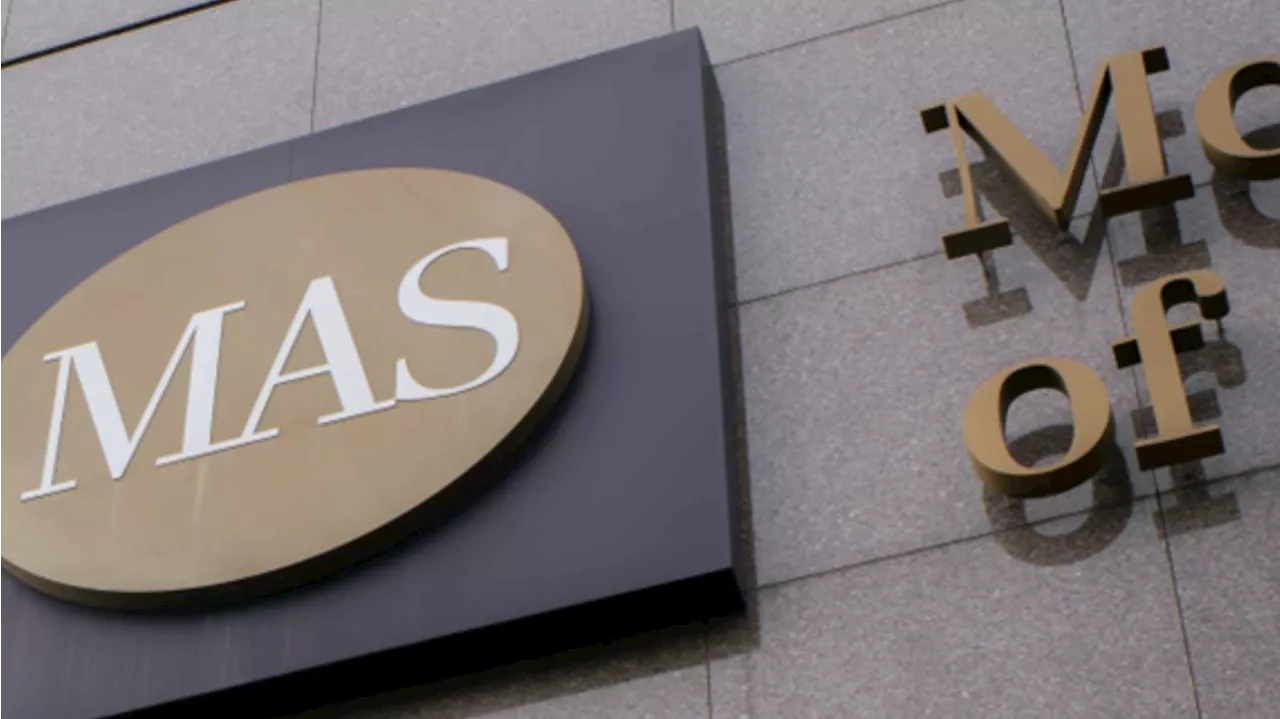Design News is a regular column on the latest developments in architecture and design
SINGAPORE – A Catholic church with statues and stained glass brought back to life, a Hindu temple restored with the help of drone footage and a Malabari mosque expansion are some of the highlights of the biennial 2024 Architectural Heritage Awards by the Urban Redevelopment Authority .
While some of the bigger projects such as the Bukit Timah Railway Station and Bukit Timah Truss Bridges were ground-breaking, smaller projects such as Sri Mariamman Temple, St Joseph’s Church and Malabar Mosque employed complex approaches to conservation. “The criteria is no longer the same,” Prof Ho says, pointing out that projects have to push the boundary in areas such as community involvement, technical advancement and sustainable development.
Designed in 1924 by South Indian architect and surveyor Rethinam Thamby Rajoo Pillay, also called R.T. Rajoo, it is a rare example of a mostly intact townhouse, with architectural features that shed light on the tastes of wealthy local Asian families who moved into the enclave during the interwar years between 1918 and 1939.
“With a colour scheme thoughtfully chosen after meticulous paint stripping and colour matching to harken back to its original 1924 look, this house is poised to enhance the distinctive character of Emerald Hill,” the judges wrote. “After the owner engaged us, we started photographic documentation of the site to visually identify the historical elements and their state of deterioration,” says Mr Ho, who was also the expert for the restoration of Jiak Kim House in Jiak Kim Street, which also won an Award for Conservation in 2024.
He also noted that the townhouse has some key differences from those built in the preceding decades, such as those in Neil Road in the Blair Plain conservation area. Artificial marble tiles relied heavily on skilled local craftsmen who replicated “marble veins” using pigmented cement powder.Experts from Foo Woodmaking carefully removed the timber panels in the home for off-site restoration. They also removed thick layers of paint on windows and doors accumulated after almost a century of use to restore the functionality of the louvred panels.
When workers removing paint from the facade uncovered ornamental plasterwork dating to the early 1900s, the plan changed from mere renovation to conservation to return the church to its former glory. “The restoration required specialists in a range of conservation disciplines such as restoring artefacts, marble and stained glass,” says Mr Joe Fu, director of Ong&Ong.
Ms Irene Lim, who heads one of Singapore’s top glass art studios, Genesis Stained Glass, says the restoration of St Joseph’s Church’s windows was an intricate project. “Our team also worked closely with church representatives and heritage experts to ensure that every detail met the high standards expected for such a culturally significant site.”High-tech techniques such as photogrammetry of the sculptural figurines throughout Sri Mariamman Temple were conserved to retain their original colour and form. PHOTO: HINDU ENDOWMENTS BOARD
Sri Mariamman Temple was designed according to ancient South Indian temple architecture, which features an imposing tower or gopuram with ornate and colourful figurines depicting mythological characters and deities. Apart from the gopuram, there are also other domes inside, called vimanams, which house different deities of the Hindu pantheon.
The restoration required an in-depth study of the materials used and the works carried out over time, and using the appropriate restoration methods. “But the main concern at the time was to complete the restoration and address all the challenges of the site within about 12 months before the consecration ceremony.”They collaborated with HEB and the temple’s management to create a roadmap for the restoration.
“To better acquaint ourselves with the temple, extensive background research was carried out, including the history of the paints used and the temple construction through archival search,” says Mr Wong. Malabar Muslims are Malayalees, a South Indian ethnolinguistic group originating in the Malabar coast of Kerala, and who are one of the earliest groups to embrace Islam in India. Unlike the rest of the subcontinent where Islam took root gradually, the Malabar coast received Islam directly from Arabia through maritime trade routes.
Its three-year conservation, which won a Special Mention, started in August 2020 and was helmed by a team from home-grown practice Liu & Wo Architects.
South Africa Latest News, South Africa Headlines
Similar News:You can also read news stories similar to this one that we have collected from other news sources.
 Singapore's Max Maeder nominated for young sailor of the year at 2024 World Sailing AwardsSINGAPORE: Singapore kitefoiler Max Maeder is among the nominees for the inaugural Young World Sailor of the Year award at the 2024 World Sailing Awards. The 18-year-old is in a stellar vein of form,
Singapore's Max Maeder nominated for young sailor of the year at 2024 World Sailing AwardsSINGAPORE: Singapore kitefoiler Max Maeder is among the nominees for the inaugural Young World Sailor of the Year award at the 2024 World Sailing Awards. The 18-year-old is in a stellar vein of form,
Read more »
 MAS announces 42 finalists for the 2024 Global FinTech Hackcelerator and FinTech Excellence Awards Singapore%
MAS announces 42 finalists for the 2024 Global FinTech Hackcelerator and FinTech Excellence Awards Singapore%
Read more »
 Singapore core inflation expected to cool to 3-year low by end-2024: MASIn 2025, lower import prices and slower domestic wage growth should keep inflation down.
Singapore core inflation expected to cool to 3-year low by end-2024: MASIn 2025, lower import prices and slower domestic wage growth should keep inflation down.
Read more »
 IMF predicts slightly slower global growth in 2024 and 2025The International Monetary Fund also estimates that global inflation will continue to ease.
IMF predicts slightly slower global growth in 2024 and 2025The International Monetary Fund also estimates that global inflation will continue to ease.
Read more »
 Singapore Writers Festival 2024: Writing ‘like a drunk uncle’ won Shehan Karunatilaka acclaimThe Sri Lankan writer spoke with former SWF director Pooja Nansi in an entertaining session.
Singapore Writers Festival 2024: Writing ‘like a drunk uncle’ won Shehan Karunatilaka acclaimThe Sri Lankan writer spoke with former SWF director Pooja Nansi in an entertaining session.
Read more »
 Travellers to Bali, Jakarta, Surabaya to get more flight options in SIA-Garuda tie-upThere will also be more daily flights between Singapore and Jakarta from end-2024.
Travellers to Bali, Jakarta, Surabaya to get more flight options in SIA-Garuda tie-upThere will also be more daily flights between Singapore and Jakarta from end-2024.
Read more »
